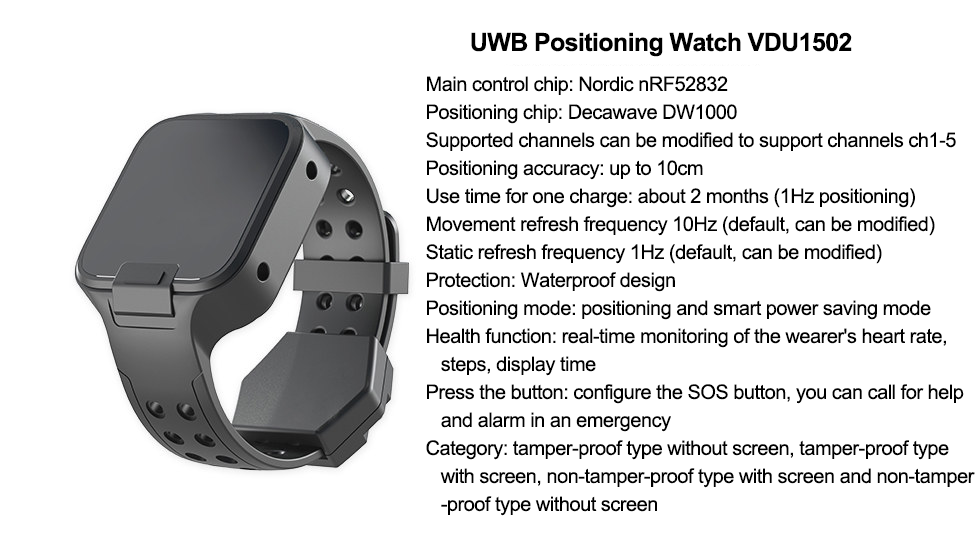In recent years, VR/AR has been widely used in many fields. VR is virtual reality technology, which uses technological means to simulate a virtual scene similar to reality, so that people can get an immersive experience in many aspects such as vision and hearing. AR stands for augmented reality technology, which uses technological means to combine virtual scenes with real situations to effectively enhance people's perception capabilities.
With the further development of VR/AR technology, the application in game production, business services and other fields has become more and more in-depth, bringing people a very real sense of presence. To achieve better interactive effects, the high-precision positioning system has become one of the key factors.

SKYLAB has developed and launched the UWB high-precision navigation and positioning system. It only needs to set up 4 base stations and wear relevant rated position tags to achieve high-precision positioning of indoor games. Pain points such as expensive price.
VR/AR game UWB high-precision positioning system, by installing a base station at a fixed reference point in the game area, installing a positioning tag on the tracked object, or wearing a positioning tag on the tracked character, so as to realize the positioning of each positioning tag. , and then use the built-in IMU and vision of the helmet device to fuse the positioning information to obtain a smoother and more accurate positioning effect.

The UWB personnel positioning system management system in VR/AR games consists of: display terminal, UWB positioning engine, UWB positioning label, and UWB positioning base station.
(1) Display terminal: The coordinates of the positioning tag calculated by the UWB positioning engine should be displayed on the display terminal (PC, tablet computer, mobile phone).
(2) UWB positioning engine: The UWB positioning base station in the game positioning area sends the original position data to the UWB positioning engine through the network in real time, and then the UWB positioning engine runs the positioning algorithm to calculate the coordinate position of the person wearing the UWB positioning tag in real time.
(3) UWB positioning tag: equip the personnel and equipment to be located with UWB positioning tags, the positioning tags transmit UWB signals, and communicate with the UWB positioning base station, so that the tags themselves can be located. The UWB positioning tag can be a wristband type, a badge type, or a module type fixed on a helmet.
(4) UWB positioning base station: The UWB positioning base station communicates with the positioning tag through the UWB signal, and then calculates through the background server-side positioning engine to realize the precise positioning function of the UWB positioning tag.
According to the design of the UWB positioning system architecture, the connection, data interaction, business processing, etc. between the various functional subsystems are implemented and managed by the interface subsystem. The main interfaces are as follows, as shown in the figure below:

(1) API interface of positioning engine data
(2) Docking interface with sound and light alarm
(3) Docking interface with monitoring display
(4) Docking interface with alarm subsystem
(5) Interface with surveillance video




Copyrights© Shenzhen Skylab Co.,LTD All Rights Reserved.

